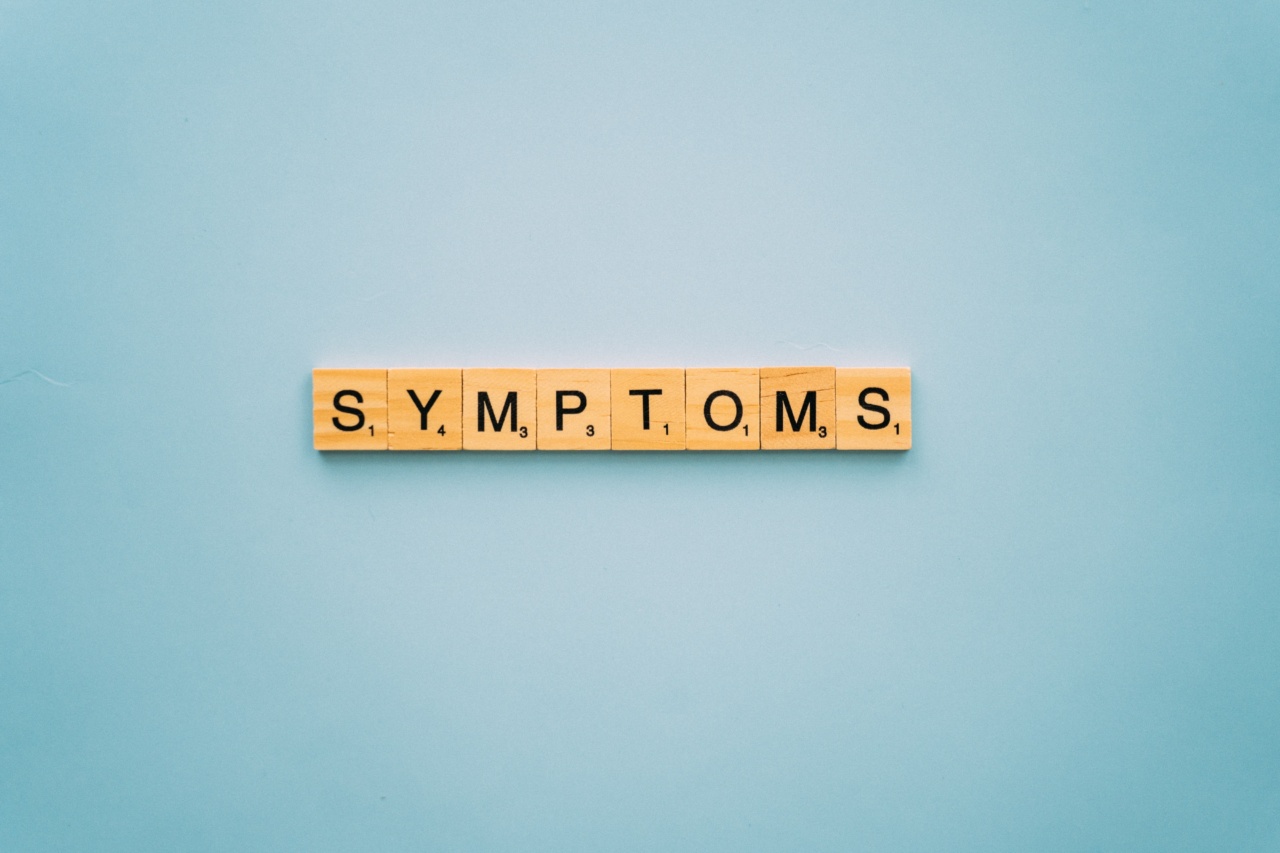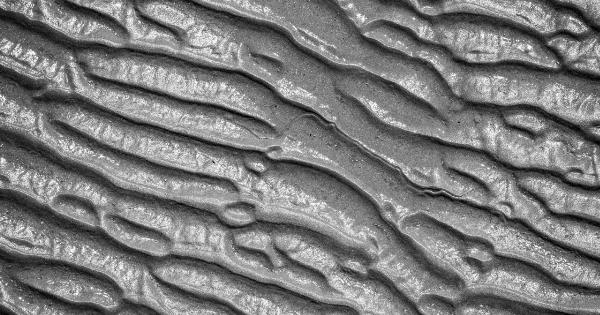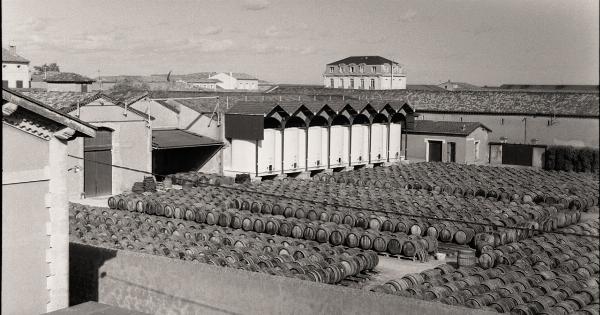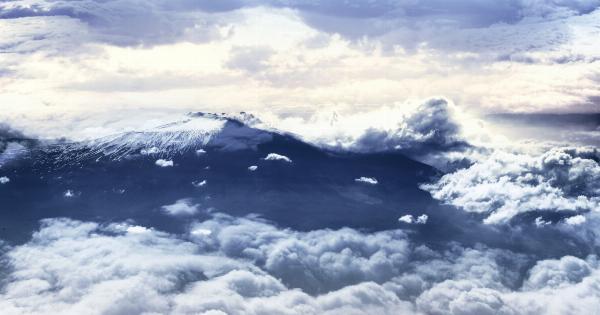Spotting Mud in Bile: Signs and Symptoms.
What is Bile?
Bile is a digestive fluid produced by the liver and stored in the gallbladder. It plays a vital role in breaking down fats and eliminating waste products from the body.
Bile is composed of water, electrolytes, bile acids, cholesterol, and bilirubin, a yellow pigment derived from the breakdown of red blood cells.
How is Bile Produced?
The liver produces bile continuously, which is then transported to the gallbladder for storage. When we consume a fatty meal, hormones signal the gallbladder to contract and release bile into the small intestine via the bile ducts.
Here, bile aids in the digestion and absorption of fats, allowing them to be properly utilized by the body.
Normal Appearance of Bile
In its healthy state, bile has a bright yellow or greenish color. It may have a slightly viscous consistency, similar to that of a watery gel.
The presence of bile aids in the breakdown and digestion of dietary fats, aiding in their absorption by the body.
Signs of Abnormal Bile
On occasion, the appearance of bile may deviate from its normal state, indicating an underlying issue. One such change is the presence of mud-like or clay-colored bile.
This alteration in bile’s color and consistency may be indicative of various disorders or conditions.
Causes of Mud-like Bile
1. Biliary Obstruction:.
Bile duct obstruction, commonly caused by gallstones or tumors, can disrupt the flow of bile from the liver to the small intestine.
This obstruction can lead to a buildup of bile in the ducts, altering its composition and resulting in a mud-like appearance.
2. Liver Disorders:.
Liver conditions such as hepatitis, cirrhosis, or alcoholic liver disease can affect the production and secretion of bile. As a result, the bile may become stagnant or insufficient, leading to changes in its appearance.
3. Medications:.
Certain medications, such as antacids containing aluminum hydroxide, can interfere with the normal composition of bile. Prolonged use of such medications can result in the appearance of mud-like bile.
4. Biliary Fistula:.
A biliary fistula is an abnormal connection between the bile ducts and another organ or surface. This connection can cause bile to leak into the wrong areas, altering its composition and resulting in the presence of mud-like bile.
5. Bacterial Infections:.
Bacterial infections, such as ascending cholangitis or biliary sepsis, can disrupt the normal composition of bile. This can lead to changes in its appearance, including a mud-like consistency.
Identifying Mud-like Bile: Symptoms to Watch Out For
While the presence of mud-like bile can be concerning, it is essential to recognize the associated symptoms that may indicate an underlying issue. These symptoms can vary depending on the underlying cause but may include:.
1. Jaundice:.
Yellowing of the skin and eyes, known as jaundice, can be a sign of bile duct obstruction or liver dysfunction. This may be accompanied by dark urine and pale-colored stools.
2. Abdominal Pain:.
Individuals with biliary obstruction or liver disorders may experience abdominal pain, particularly in the upper right quadrant. This pain can range from mild to severe and may be accompanied by bloating or discomfort.
3. Nausea and Vomiting:.
Bile duct obstruction or liver disorders can cause nausea and vomiting, especially after consuming fatty meals.
4. Fat Malabsorption:.
Changes in bile composition can impair fat digestion and absorption. This may lead to symptoms such as diarrhea, greasy and foul-smelling stools, and weight loss.
Diagnosing Mud-like Bile
If you notice changes in the appearance of your bile or experience any of the associated symptoms, it is crucial to seek medical attention for proper diagnosis and treatment. The following diagnostic tests may be conducted:.
1. Blood Tests:.
Blood tests can assess liver function and determine if there are any abnormalities or signs of infection. Elevated levels of certain liver enzymes may indicate bile duct obstruction or liver dysfunction.
2. Imaging Studies:.
Imaging techniques such as ultrasound, magnetic resonance cholangiopancreatography (MRCP), or computed tomography (CT) scans can help visualize the bile ducts and identify any obstructions or abnormalities.
3. Endoscopic Retrograde Cholangiopancreatography (ERCP):.
In this procedure, a flexible tube with a camera is inserted through the mouth and down into the digestive system. It allows for direct visualization of the bile ducts, enabling the identification of any blockages or abnormalities.
4. Liver Biopsy:.
In certain cases, a small sample of liver tissue may be extracted for examination under a microscope. This can help determine the underlying cause of mud-like bile, particularly if liver disorders are suspected.
Treatment Options
The treatment approach for mud-like bile depends on the underlying cause. The following interventions may be employed:.
1. Gallstone Removal:.
If gallstones are causing bile duct obstruction, procedures such as laparoscopic cholecystectomy or endoscopic retrograde cholangiopancreatography (ERCP) may be performed to remove the stones and restore proper bile flow.
2. Medications:.
In cases of liver disorders or bacterial infections, medications may be prescribed to manage symptoms, reduce inflammation, or combat the underlying infection.
3. Surgical Interventions:.
In more severe cases, surgical interventions may be necessary to address biliary fistulas, tumors, or other structural abnormalities affecting the bile ducts.
4. Lifestyle Modifications:.
In some instances, making dietary changes, such as reducing fat intake or avoiding certain trigger foods, can help manage symptoms and improve bile production and flow.
Preventing Mud-like Bile
While not all causes of mud-like bile can be prevented, certain measures can help maintain healthy bile production and flow. These include:.
1. Maintaining a Healthy Weight:.
Being overweight or obese can increase the risk of developing gallstones and biliary obstructions. By maintaining a healthy weight through a balanced diet and regular exercise, you can reduce this risk.
2. Limiting Alcohol Intake:.
Excessive alcohol consumption can lead to liver damage and impaired bile production. Limiting alcohol intake or avoiding it altogether can help protect your liver health.
3. Staying Hydrated:.
Proper hydration ensures the efficient functioning of bodily systems, including bile production and flow. Aim to drink an adequate amount of water each day.
4. Consuming a Healthy Diet:.
Avoid high-fat and processed foods, as they can contribute to bile imbalances. Instead, opt for a diet rich in fruits, vegetables, whole grains, and lean proteins to support optimal digestion and bile production.
Conclusion
Mud-like bile can be a symptom of various underlying issues, ranging from biliary obstruction to liver disorders. Recognizing the signs and associated symptoms is crucial in diagnosing and treating the root cause.
If you notice any changes in the appearance of your bile or experience symptoms such as jaundice, abdominal pain, or fat malabsorption, seek medical attention for proper evaluation. With prompt diagnosis and appropriate treatment, it is possible to address the underlying cause and restore healthy bile production and flow.































